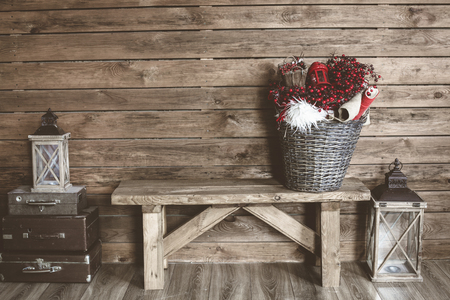Honeybees Safely Removed from Museum Historic Site
August 03, 2017
In Jackson, Michigan, a resident named Ella Merriman-Sharp willed her home and 530 acres to the city in 1912. She did this with the knowledge that a museum and park would be created on her land for everyone to enjoy. This promise by the city was rewarded with the Ella Sharp Museum in 1965, with her 19th century home and the buildings on the property being preserved as historic sites. One of these sites is the Merriman-Sharp Farmhouse, which likely does not receive much publicity beyond a few photos among visitors. Recently, however, the farmhouse had some visitors who decided they wanted to stay permanently.
Honeybees in the Ceiling
Luckily, no person had chosen to make the historic farmhouse their prospective home. Instead, it was a hive of roughly 70,000 honeybees, all of whom could be found in the peak of the farmhouse’s roof. While it was certainly not good for the historic site’s preservation to have bees making honey and wax in the ceiling, the employees for the Ella Sharp Museum knew better than to call an exterminator. Given how honeybee numbers are known to be on the decline, the museum employees did what they could to preserve the bees, just like their historic charge.
The Removal Process
The staff called Ben Schlenker, a beekeeper who owns Ole Bearz Bees, to come help remove the hive from the farmhouse. While it took almost seven hours, all of the hive – every honeycomb – was removed safely and then taken to Schlenker's farm in Summit Township. "Ella would like this very much," said Judy Horn, director of exhibits and collections for the museum. "She loved nature and the environment. She'd also be happy that we're taking care of her home."
Schlenker first started the bee removal process using smoke, which simulates fire and causes the honeybees to instinctively take shelter inside the hive—just what he wanted them to do. Schlenker's crew, including his son and father, then removed a wooden soffit below the roof, exposing the hive. From there, they vacuumed the bees into a safe receptacle and removed the honeycomb, placing it into frames and into boxes. Schlenker said, "It took us a little longer than usual because we were careful with the historical wood…We were able to protect the integrity of the historical structure and save the bees."
Afterward
The bees had produced a lot of honey, well over 100 pounds, and it was also removed from the farmhouse. "We all tasted the honey," said Horn. "It had a peppermint taste, which I found very interesting." Per Schlenker, the entire hive has already settled into and become oriented with their new environment. "It was a wonderful experience, and I'm glad the bees were saved and moved to a safe place," said Horn.
Copyright: alenkasm / 123RF Stock Photo


.jpg)



